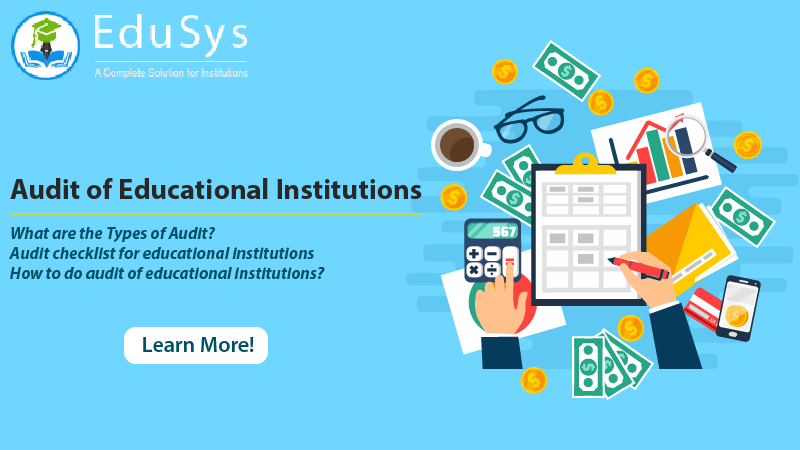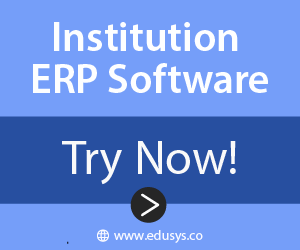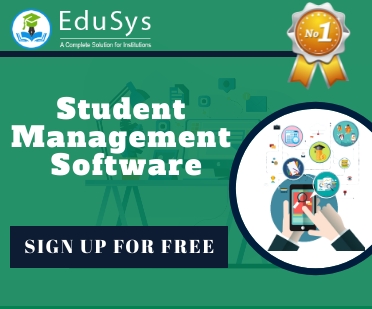Audit of Educational Institutions (2021) – Society & Trust

The Audit of Educational Intuitions, sometimes referred to as Audit of Books in the education industry, is a process of systematic evaluation and documentation of financial statements, taxes, expenditures, and incomes, obtained by the educational organizations such as schools, colleges and universities from Registration & Academic Fee, Payment Transactions, Fines & Penalties, Funds & Donations, Hostel Accommodation, Assets & Investments, Grants from Government or other local bodies, and via other sources.

What are the Types of Audit?
-
Internal Audit
The Internal Audit is an internal process performed by the auditors and accountants, working as employees inside the organization, to evaluate and record institution's annual reports on financial income cumulated via various sources, and expenditures spent on pays of employees as salaries, taxes, Statuary Compliances i.e. PF, Income Tax, etc., maintenance, and many more. Conducting this type of auditing simplifies the preparation of audit procedures at the planning stages; provides foresight of risk factors; improves internal procedures, administrative operations, risk control & management, and governance whilst ensuring quality assurance in higher education.
-
External Audit
The External Audit is a process of examining accounts and financial records of an institution performed by an outside professional auditing organization. The law mandates and regulates every private, public, non-profit, Section 8, charitable trust, and other types of educational institutions to undergo External Audit.
Audit checklist for educational institutions
- Examine and evaluate Trust Deed or Regulations by referring to the Act of Legislature given by the Government
- Record and note all the provisions affecting the accounts in the institution
- Inspect the Minutes of Meeting of institution's Meeting Committee or Governing Body
- Thoroughly examine the copies of financial statements, balance sheets, and budget plans
- Verify the receipts, and transactions of all sorts of fees (Transportation, Hostel, Academic, Registration, Admission, etc.) paid by students on a monthly and yearly basis
- Validate advance deposits and caution money
- Record Funds and Donations granted to the institutions
- Keep a track of Salary Register and examine workers and employee salaries, tax deductions, etc.
- Verify Provident Fund Register
- Vouch for institution's expenditures
- Carefully verify scholarships granted to merit students
- Validate fees paid in the form of penalties, fines, late submissions in the library, etc.
- Examine institution's bank account, transactions, passbook, etc.
- Examine expenses spent on Library items, sports equipment, books, furniture, events, and many more
- Validate petty expenditures
- Verify Fixed Assets Register
- Check capital expenditure, income from endowments and legacies, and interest & dividend from investments
How to do audit of educational institutions?
The traditional method of cataloging, calculating, evaluating, and examining the audits on papers and Excel Sheets is difficult, time-consuming, and laborious. Utilising ERP Management Software for Educational Institutions simplifies, digitises, and automates the complex administrative and accounting process such as, recording and calculating incomes, expenditures, worker salaries, penalties and fines for late submissions in library; managing of admission and tuition fees; recording fee payments and transactions; generating fee receipts; and many more.
* Sign Up for Educational Institution Management Software * 07 Jan 2021
07 Jan 2021


